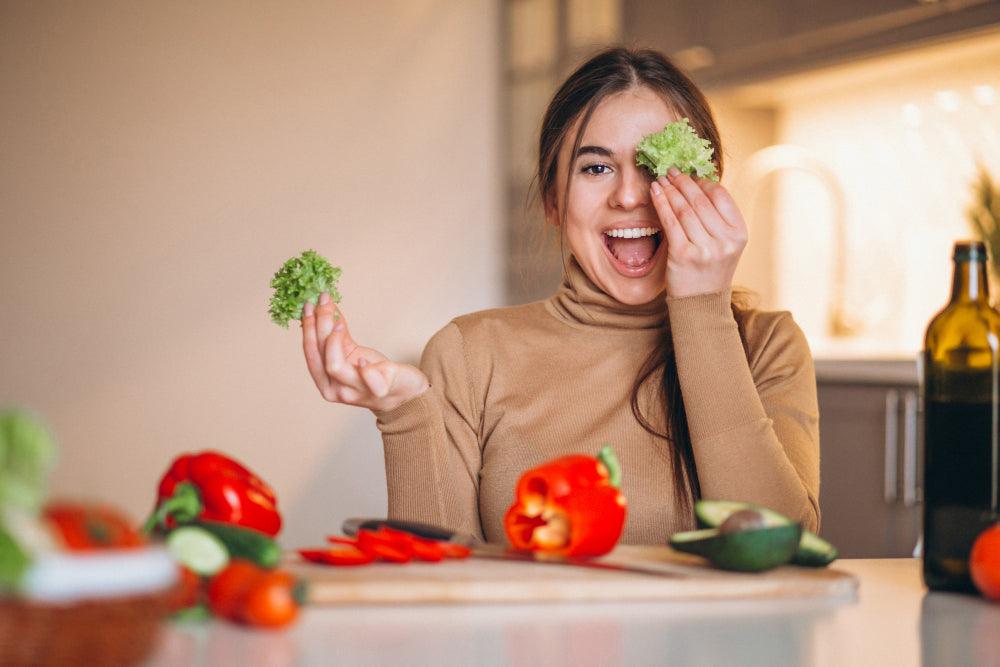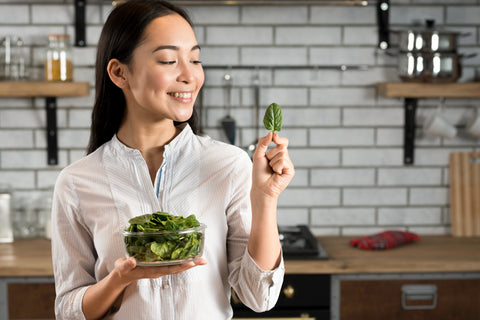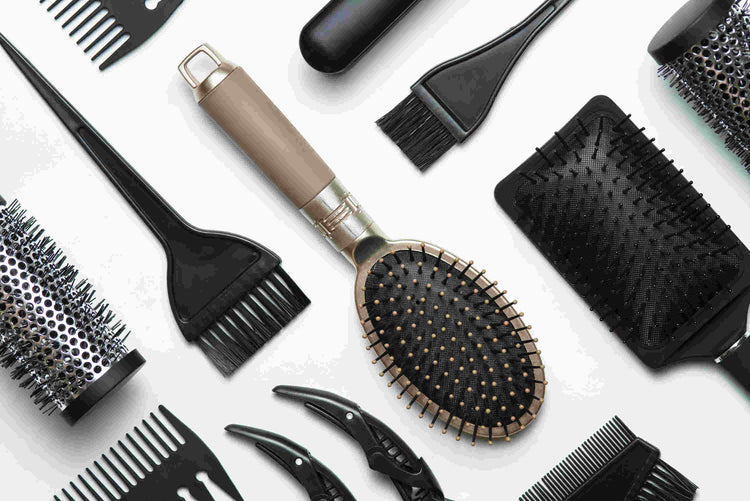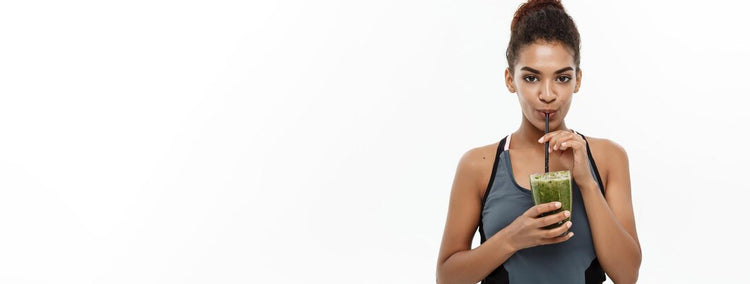Vegan Sources of Iron


Iron is a necessary nutrient for a healthy life, and its deficiency is the most common mineral deficiency around the world.
Fortunately, we can get all of the iron we need from a plant-based vegan diet; contrary to popular belief, vegans aren't any more prone to developing deficiency than anyone else. 1.2% of people in the UK follow a vegan diet, and more are joining the movement every day. Research published in The Medical Journal of Australia in 2003, clearly depicts that vegans who eat a varied diet are not at risk of iron deficiency.
Nutritious foods like lentils, green vegetables, nuts, grains, chickpeas, white sprouts, canned tomatoes, potatoes, as well as dried fruits are always good choices. They are delicious and offer significant amounts of iron.
Given their abundance of iron, nutrients, and fibre, lentils are fantastic vegan sources of iron. Other nutrients found in lentils include Vitamin b, magnesium, potassium, but also zinc. There are three colours of lentils: brown, green, and red. They taste great and are filling. Choose different lentil colours for added allure; there is an immersive rainbow of hues available. Brown, red, and green lentils can be used in salads, curries, soups, and other dishes.
Hemp, flax, pumpkin, and sunflower seeds are all excellent vegan sources of iron. Up to 25% of the daily recommended iron intake can be satisfied by two tablespoons of cereal added to the top of breakfast. Three servings of hemp seeds have 2 mg of iron, one tablespoon of flaxseeds has 0.6 mg, and one spoonful of chia seeds has 1.1 mg.
Apart from a huge list of other crucial nutrients, beans are high in iron. To get the most vegan iron, shine the spotlight on soy, chickpeas, lima, red kidney, as well as navy beans! White kidney beans, also known as cannellini beans, have 5.2 mg of iron for each cup. Beans are an incredibly adaptable food that goes well in a variety of dishes, such as tacos, chilli, broths, side dishes, and bean dips.
In terms of health, spinach and other leafy greens are in the driver's seat of vegan sources of iron. 6.4 mg of iron, or almost a day's worth for some people, are present in one cup of spinach. By blanching or bubbling the vegetable and including it in soups and stir-fries, the majority of people find it simple to include more spinach in their diets. Raw veggies can also be used in salads and smoothies.
The perception of potatoes as being healthy can vary, particularly when they are fried. But potatoes contain a lot of iron, especially in their skins thus providing grounds for being a great vegan iron source. To get the most iron, try cooking them in water, roasting them, or mashing them. A medium potato contains 2 mg of iron when it is on its skin.

The most crucial factor is your body's requirement for iron: more of it is absorbed when the stores are low and less when they are full. Your body may have trouble absorbing iron if you drink tea, coffee, or some plant-based foods containing certain ingredients. Vitamin C, on the contrary, promotes the absorption of iron.
Vegan foods can indeed be extremely good intakes of iron, particularly when eaten in conjunction with a vitamin C-rich food. People who do not consume meat can get enough iron by eating a variety of iron-rich plant-based foods. To make sure you are getting enough iron in your diet, check our blood test for iron levels.








Plus get the inside scoop on our latest content and updates in our monthly newsletter.